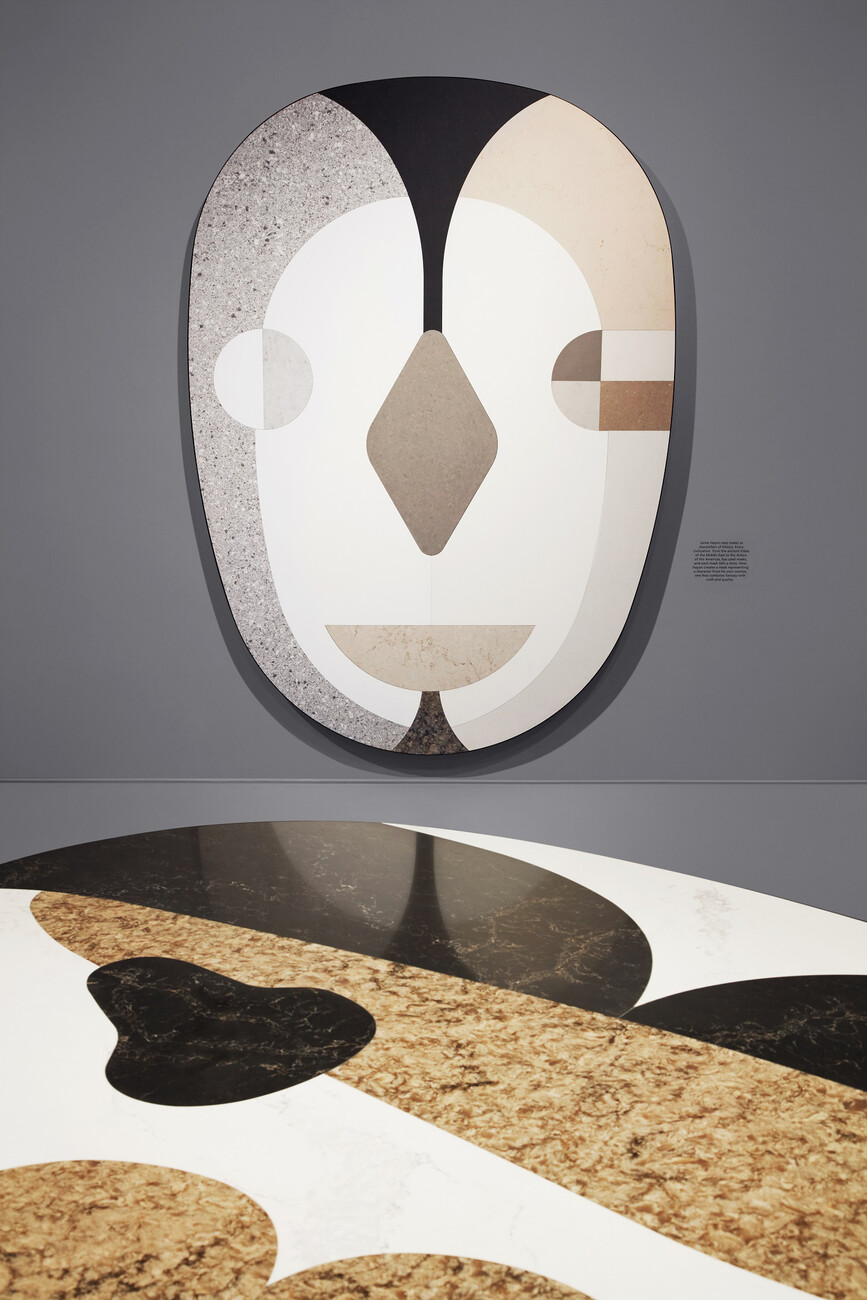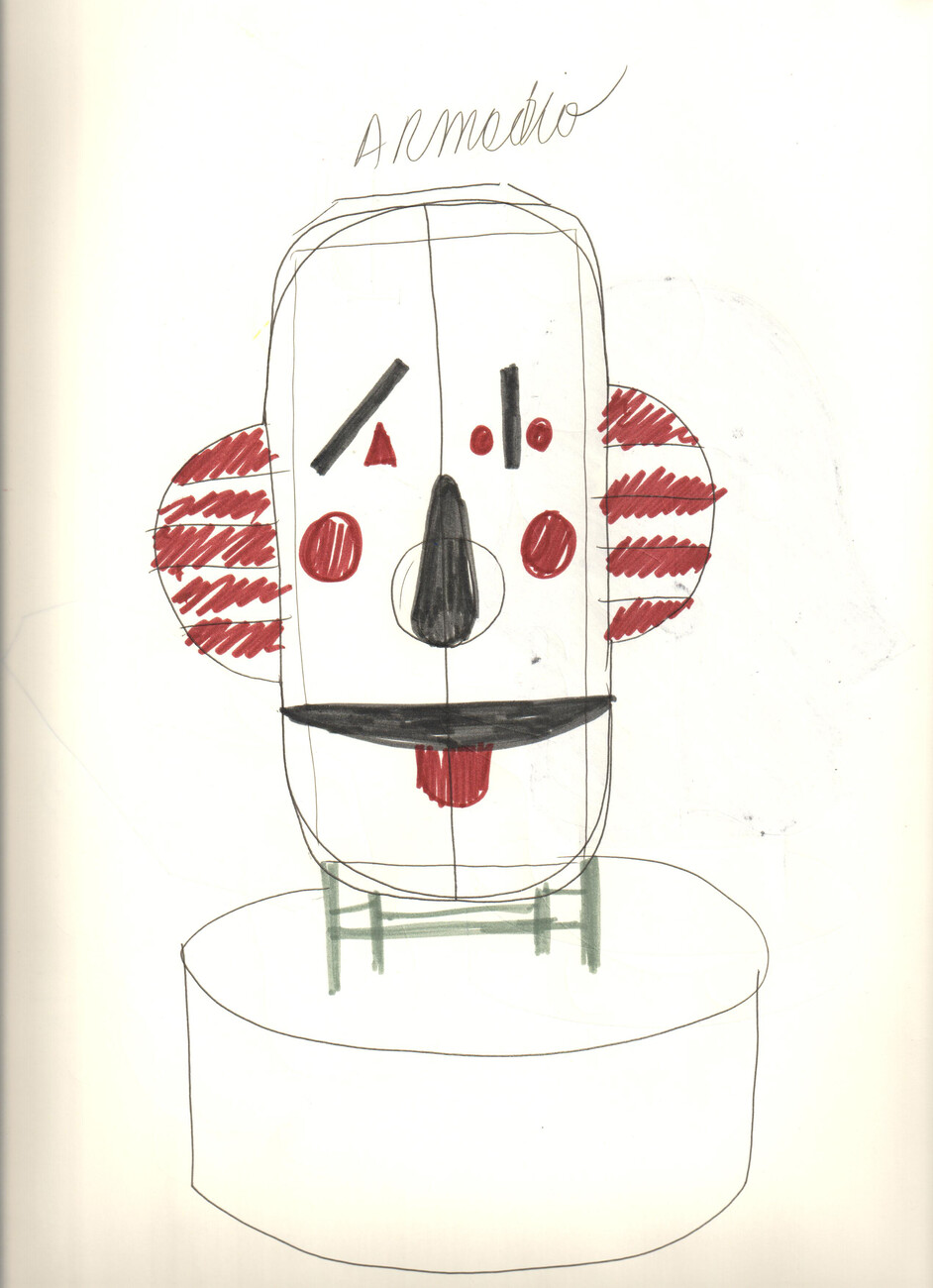Furniture at face value
Carnival – be it the forthcoming events in Venice, Cologne or Mainz – was not what Jaime Hayon had in mind when creating his most recent designs. Generally speaking, masks are seldom worn in public nowadays; with the exception maybe of indigenous peoples employing them in ritual and shamanistic contexts. Masks have however recently found a new use in political protest, such as in the case of the Guy Fawkes masks worn by Internet activists of the Anonymous group, who campaign for the independence of the Internet and against intellectual property rights. Hip hop stars such as Cro or Marshmello like to perform wearing a mask, thereby creating a memorable look.
Jaime Hayon has always been especially drawn to stylized faces. Under the title “Stone Age Folk” he thus recently showed an installation in the context of the Interior Design Show in Toronto that featured large-scale, mask-shaped objects that seemed poised between art and design. Hayon collaborated with quartz specialists Caesarstone, presenting objects including tables with a top shaped like a long Pinocchio-esque nose or a black-and-white striped base reminiscent of the pedestals used in circus animal shows. A small wardrobe with doors that together make up a mirrored, black facial profile forms part of the jocular masquerade. All of the objects are made with Caesarstone's quartz; they look like inlay work made from marble, terrazzo or cement.
Hayon’s whimsical installation ties into his long-standing engagement with the fantastical world of the circus and the Commedia dell’Arte, played out in his visual world and designs. This began in 2005 with the installation “Mon Cirque” featuring Bosa vases and has since produced new blossoms time and again – both in special exhibitions and in diverse furniture pieces. In his “Stone Age Folk” Hayon now presents the stylized mask-face in two dimensions, with its vibrancy and mimics being expressed in lines and colors first and foremost. Hayon’s compatriots Pablo Picasso or Salvador Dalí inevitably spring to mind.
These rather more artistic installations, which Hayon continues to create at irregular intervals, are crucial to his work as a designer. For as much as the harlequin of the design world might cherish the approval of his audience, he evidently also needs the freedom provided by wearing and working with the mask. Incidentally, the word ‘mask’ is rooted in the Arabic “maskharat,” meaning jester, farce, pleasantry or joke. And so the accompanying text of the exhibition fittingly reads: “Every mask tells a story. Jaime Hayon creates it from within his own cosmos, uniting fantasy, craftsmanship and quality.”
Those who want to see “Stone Age Folk” will have the opportunity to do so at the upcoming Salone del Mobile in Milan, where the installation will be shown at the Palazzo Serbelloni.























